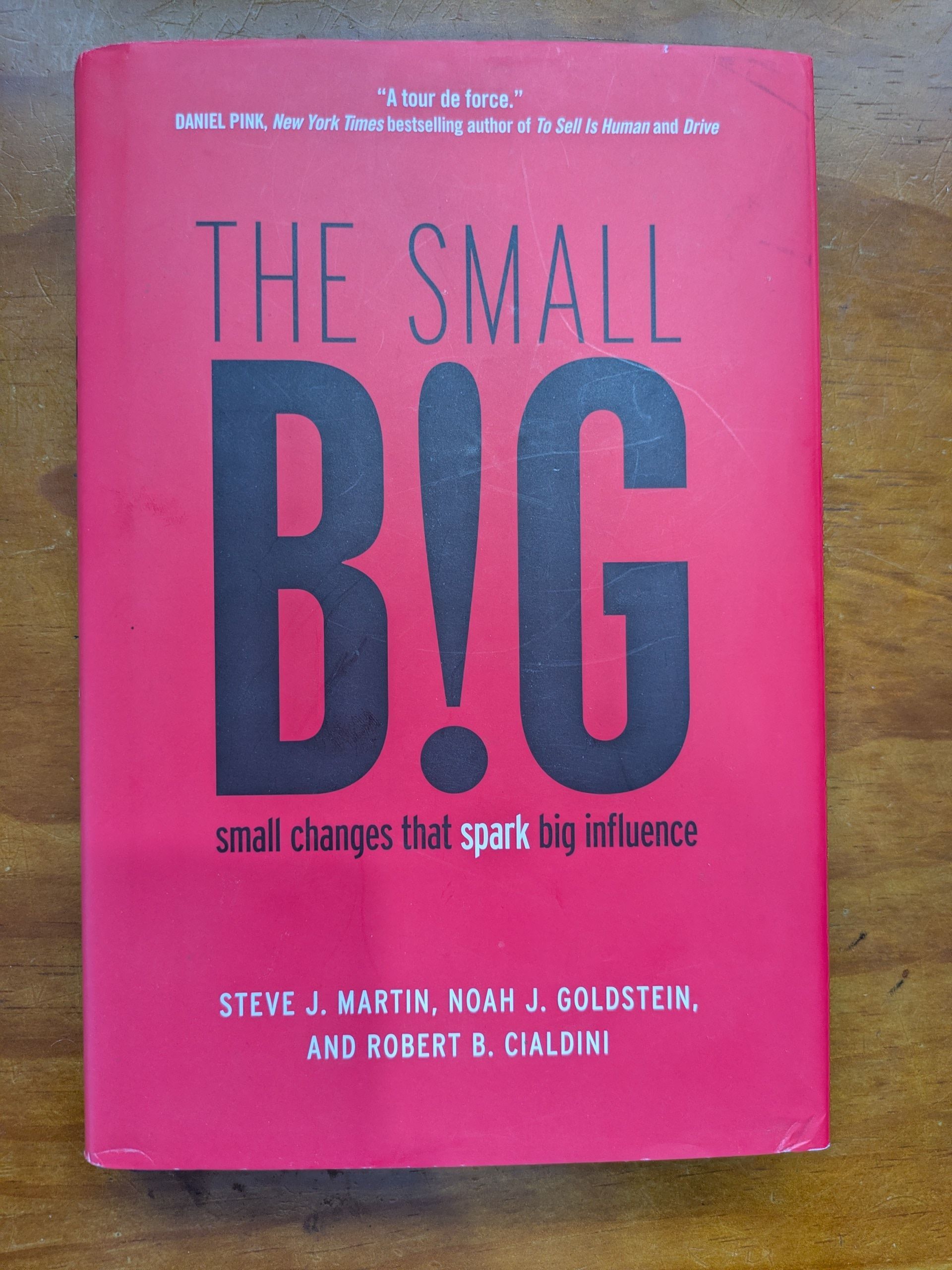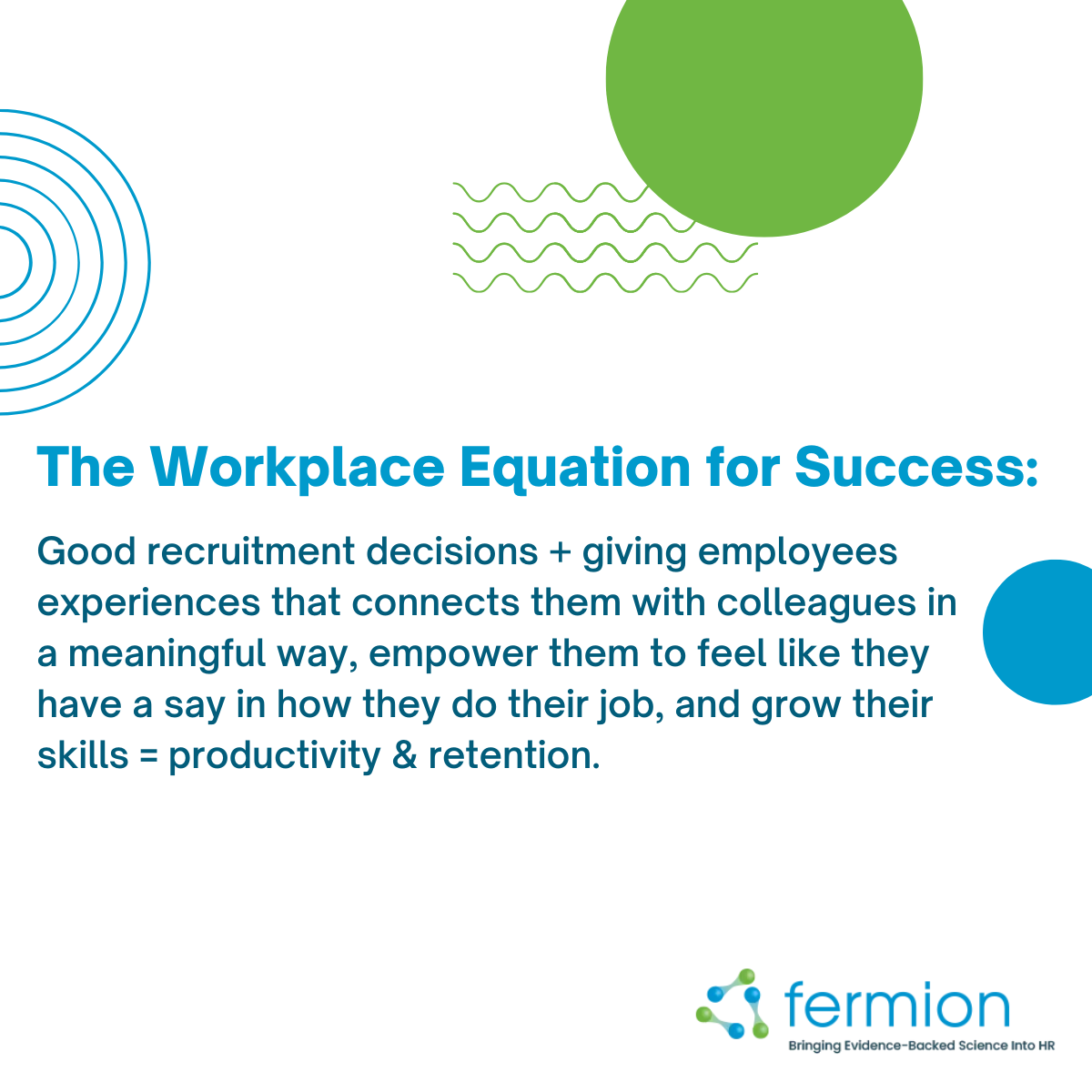If I Was in Charge of Your Recruitment
We hope you enjoy reading this blog post!
Fermion is a Wollongong-based HR consultancy that specialises in helping companies across Australia save money through innovative recruitment and retention programs. Let us help your organisation thrive.
Why Structure Beats Guesswork in Recruitment
The difference between a bad hire and a good hire isn’t luck — it’s process. At Fermion, we believe structured recruitment, backed by evidence, leads to better hiring decisions. Here’s the step-by-step process we use to consistently hire the right people.
Step 1: Write a Job Ad That Works
LinkedIn analysed how millions of real members interact with job posts and conducted a study to see what candidates look for in your job description. They boiled it down to seven simple tips to help you make your job posts more effective. The job ad should also include:
- Recruitment process
- A clear deadline
- Ask for a one-page cover letter against selection criteria
These steps filter out timewasters and sets clear expectations.
Step 2: Application Review
Use a scoring matrix to rank candidates quickly and objectively.
Step 3: Shortlist Call
Contact your short-listed candidates to arrange a telephone interview and confirm their continued interest and clarify:
- Salary expectations
- Visa requirements, travel, location
- Recruitment process timeline
Send them the Position Description and Code of Conduct ahead of the telephone interview and ask them to review them.
Step 4: Telephone Interview
Conduct the telephone interview and use an interview schedule that is already prepared with questions that are consistent with the essential criteria. Decide whether to continue to the next step, which is some form of testing, or cull the candidate.
Step 5: Testing
For most roles, we would recommend psychometric testing that measures IQ, EQ and personality:
- IQ – problem-solving & learning ability
- EQ – teamwork & leadership potential
- Personality – cultural fit & long-term success
However, you could create your own task or test for the candidate to complete. That said, it is difficult developing an ad hoc test that is reliable and valid and has predictive validity, but you could still create a task that simulates an aspect of the advertised role.
From the testing, and telephone interview, decide to cull or proceed to the face-to-face interview.
Step 6: Face-to-Face Interview
Conduct the face-to-face interview and use a prepared interview schedule and see how the candidate goes. By this time, you are only interviewing good candidates and this frees up the panel to use their intuition and gut feel to their advantage. By the end of the interview, you should be able to decide on the suitability of the candidate.
Step 7: Referee Checks
Use a structured set of referee questions to validate skills, behaviours, and performance.
Step 8: Decision + Onboarding
The process ends with a confident hiring decision. Effective onboarding and retention strategies will turn a good hire into a great employee.
Why This Works
✅ Less bias
✅ Stronger hiring accuracy
✅ Time-efficient
✅ Better retention
Recruitment doesn’t need to be messy or uncertain. With structure, testing, and evidence, you can consistently hire the right people.
👉
Ready to improve your recruitment outcomes?
Contact us today to design a process that works.
About the Author:
Fermion specialises in psychometric testing for recruitment. Please contact Fermion to discuss how a test of IQ, EQ and a personality profile, or any other psychometric test, can help with you your recruitment decisions.
Christopher Apps is a Workplace Psychologist and the owner of Fermion. He stays updated on the latest psychology research and shares evidence-based insights. The focus of Fermion is "Psychometric Testing for Recruitment" and “Recruitment to Retention: How to Select Good Staff & Keep Them”. If you would like to learn how to select good staff and keep them, please feel free to contact us at Fermion.
“Learn from the mistakes of others. You can’t live long enough to make them all yourself.”
Eleanor Roosevelt.





